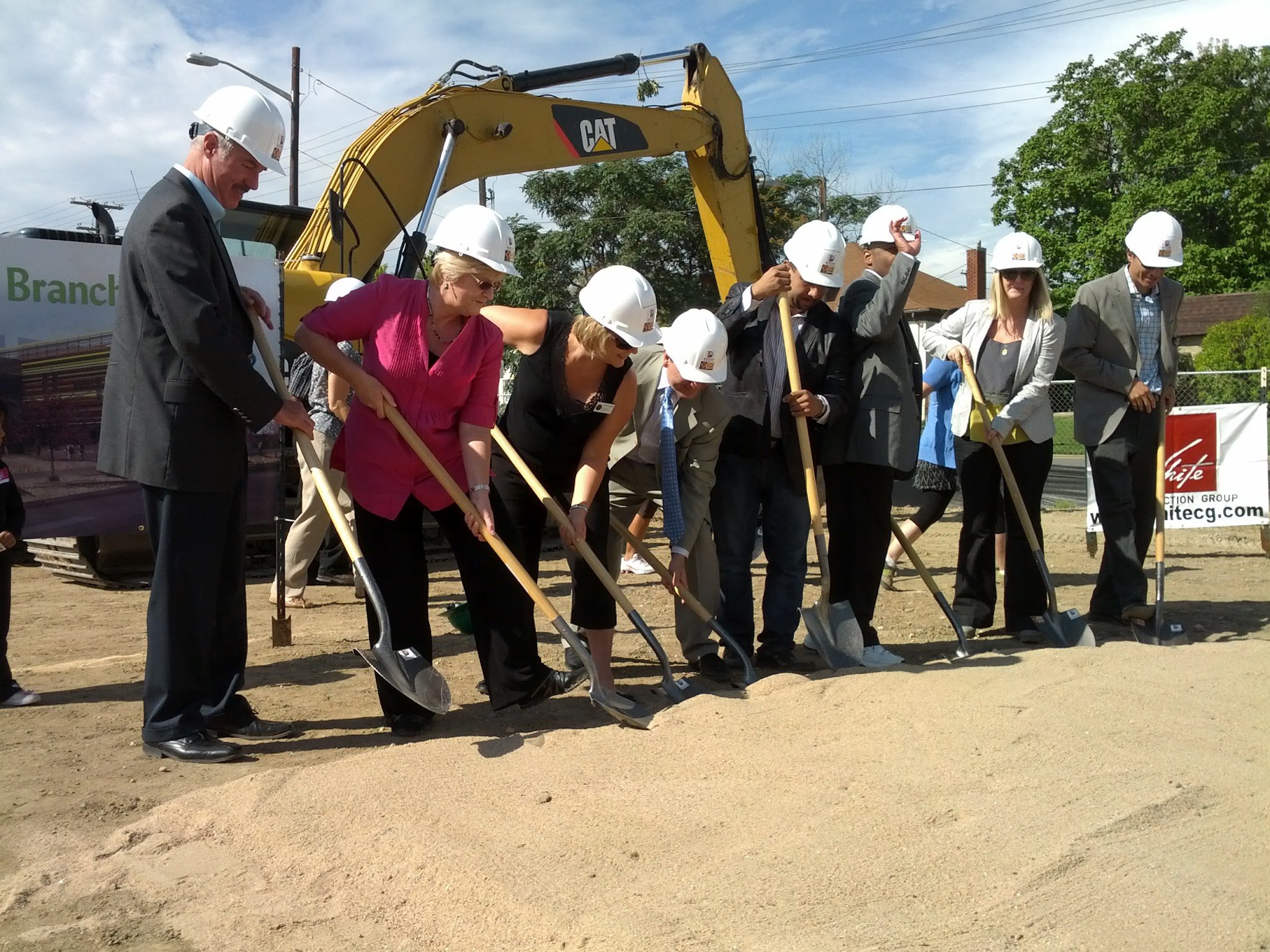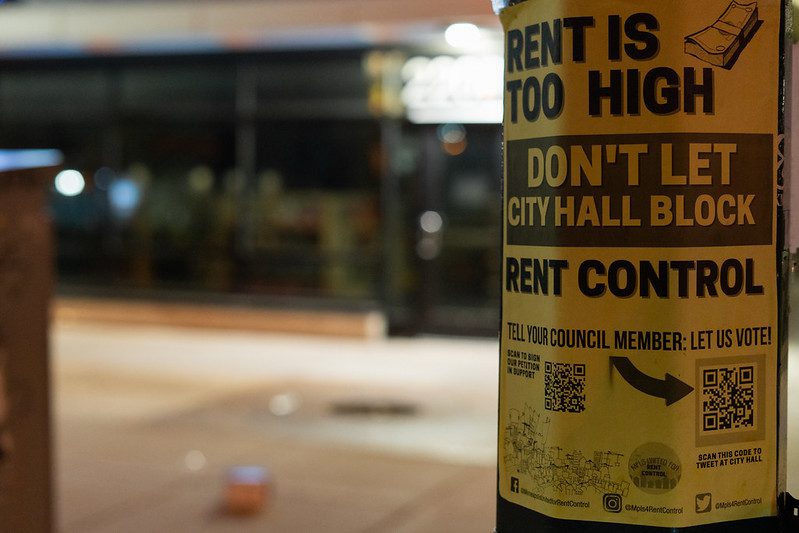As sequestration takes hold and Congress wrestles with FY 2014 budget negotiations, the affordable housing and community development field is in a fragile state. With HOME funds recently cut by more than a third, other housing-related line items eliminated entirely, and uncertainty about the stability of future housing funding, the affordable housing community is left wondering how, or if, it could have better positioned itself as a field.
Had a cross-cutting practitioner-led trade association, such as the National Congress for Community Economic Development, been in place, would it have made a difference? What message would community development corporations unify around? And how can we change the trajectory going forward?
Enter PLACE, Practitioners Leveraging Assets for Community Enhancement. The initial idea for PLACE was spearheaded almost four years ago by leaders at the National NeighborWorks Association (NNA), an advocacy group of almost 200 practitioner organizations that are chartered members of NeighborWorks America (NWA). At the time they observed that subsets of the industry, such as public housing agencies and real estate agents, were being effective in accessing stimulus funds, but the field as a whole was fragmented.
Since 2010, when Shelterforce first reported on PLACE, the organization has received its own 501c4 status, is in the process of creating a 501c3 entity, and has established a nine-member board of directors, five of whom represent CDCs outside the NWA network. NNA initially provided staff support for PLACE; currently PLACE is managed via adjunct staff from the Urban Land Conservancy in Denver. One of PLACE’s first priorities as it secures long-term operational funding is to hire separate staff to focus on PLACE’s growth and the development of its policy platform.
In the last year, PLACE established an Advisory Council comprising six of the seven HUD-funded national intermediaries, the National Community Land Trust Network, and NNA. While not voting members of the PLACE board, the advisory council members provide valuable guidance and advice to inform PLACE’s policy priorities. PLACE also hopes that the council, which includes such heavyweights as Enterprise Community Partners, Local Initiatives Support Corporation (LISC), the National Urban League, and Habitat for Humanity InternationalHabitat for Humanity International, will establish credibility for this nascent organization. Each of these intermediaries can alert their grantees and CDC networks about PLACE and generate visibility and interest among practitioners across the country.
Concurrently, the PLACE board has focused on the essential task of growing its membership. PLACE membership so far comprises 162 CDCs representing 41 states across the country. It hopes to double this number in the coming months, while recruiting members that represent the diversity of the housing field itself, taking into account geography, delivery systems, cultural and ethnic focus areas, and business line scope.
Oliver Gross, chair of the PLACE board of directors and president of New Urban Development (NUD), a wholly owned affiliate of the Urban League of Greater Miami, believes that PLACE’s message resonates with practitioners. “Not only does the recent actions of Washington present an ostensible wall,” he says, “but more importantly, there is a window of opportunity that also avails itself: the opportunity to explore a new paradigm in the delivery of resources directly to practitioners, in a more efficient and results-oriented manner.”
Community development leaders inside the Beltway also recognize the value that practitioners bring to the table. Barbara Burnham, vice president of federal policy at LISC, previously led one Boston-area CDC and was a founding member of another before moving into a national policy role. She agreed to be a member of the PLACE Advisory Council specifically because of its focus on increasing the visibility of locally-based affordable housing and community development practitioners and on creating a unified grassroots policy and advocacy voice. “I believe the brilliant ideas emanate from the bottom up. We’re facing one of the most challenging decades in affordable housing and community development since the challenges faced in the very beginning of the movement,” Burnham says. “We need as many supporters as possible that come from the ground, detailing the policies and resources needed in order to continue the critical work in our neighborhoods and communities across the country.”
A Unifying Voice
PLACE leaders face several considerations as the organization tries to serve in this unifying role. CDCs at all levels are reeling from public funding cuts at local, state, and national levels. At a time when some would say advocacy and a unifying message is of utmost importance, many organizations have limited dollars to spend on policy, advocacy and memberships. Those that do may choose to spend their funds on local, regional, or statewide efforts, or national advocacy groups that, while narrower in their focus, already have the ear of Congress and appropriations staff. PLACE also needs to make a concerted effort to bring in a wide range of CDCs that reflect the field’s geographic reach, scope, and focus for credibility, but that also creates challenges in identifying a common policy platform and message for the Hill.
In addition, PLACE will need to determine how to best collaborate with existing advocacy organizations. Among many others, these include the National Housing Conference and the National Low Income Housing Coalition; associations of associations, such as the National Association of Community Economic Development Associations; and national advocacy organizations with cultural relevance to a particular sub-population, such as the National Association of Latino Community Asset Builders (NALCAB), and the National Council of La Raza (NCLR), already a PLACE Advisory Council member.
Edmundo Hidalgo, a PLACE board member, is president and CEO of Chicanos Por La Causa (CPLC) in Phoenix. CPLC was a founding organizational member of both NCLR and NALCAB. While acknowledging the effectiveness of groups like NALCAB and NCLR, he also notes that “no one group can [effect change] by itself. There is value in raising the tide so that all boats are raised. If all of us raise our effectiveness and our efficiency, then we all benefit.” He added that groups like NALCAB and NCLR often focus their efforts on specific funding or policy subsets, or on the flipside, see affordable housing as part of a wider policy platform. He said, “We don’t have an entity that is looking at the whole portfolio of goods that impact housing. PLACE can be that group.”
At a fundamental level, PLACE must demonstrate that there is value in creating something new amidst an already crowded community development advocacy field, that a unified practitioner voice can eventually grow the affordable housing resource “pie,” and that incorporation of priorities valued by practitioners will make a difference when affordable housing and community development policy decisions are made. PLACE’s first effort along these lines is Home Matters, a grassroots movement-building effort that highlights the importance of one’s home and the interconnectedness of housing on the economy, job creation, health and education. Home Matters was publicly launched in March 2013 via a media campaign and through presentations to Congressional leaders. PLACE’s decision to start with Home Matters was an intentional one, both in content and in delivery, according to Chris Krehmeyer, PLACE’s first board chair and president/CEO of Beyond Housing, a community development corporation based in St. Louis: “We as an industry have not done a good job telling our story and why we’re important. The message is significantly more effective when it comes from someone who lives and breathes this work. There’s something real, tangible, and visceral when you’re that close to the work. You can convey the point in a more meaningful and substantial way.”
Hidalgo agrees that the field needs to be more articulate about its impact. “When you have Congress asking what is the return on investment [of the affordable housing field], we don’t have a story to tell. There are fragments, not the full puzzle, about the investment that they are making in our industry. That is the aspiration—it could be five or ten years, but we should be able to tell the story in aggregate,” Hidalgo says. The Home Matters message could also trickle downward and affect how PLACE members think about their work in local communities; PLACE plans to provide its members with common frameworks to report out impact at a local level and help CDCs grow partnerships between health and education sectors.
Going forward, PLACE’s success will be tied to its ability to raise the voice of those on the ground working in the affordable housing and community development field, and raise it in a unified way. Burnham reflects, “A lot of [practitioner] energy goes untapped. I want to see [this energy] tapped in a way that will enhance and heighten the voice of the community development and affordable housing folks doing the tough work on the ground level.” Those launching PLACE agree, and envision the tremendous opportunity that is possible when practitioners can unify across diverse lines to convey a common message. The question now remains if that opportunity can be realized.





Comments